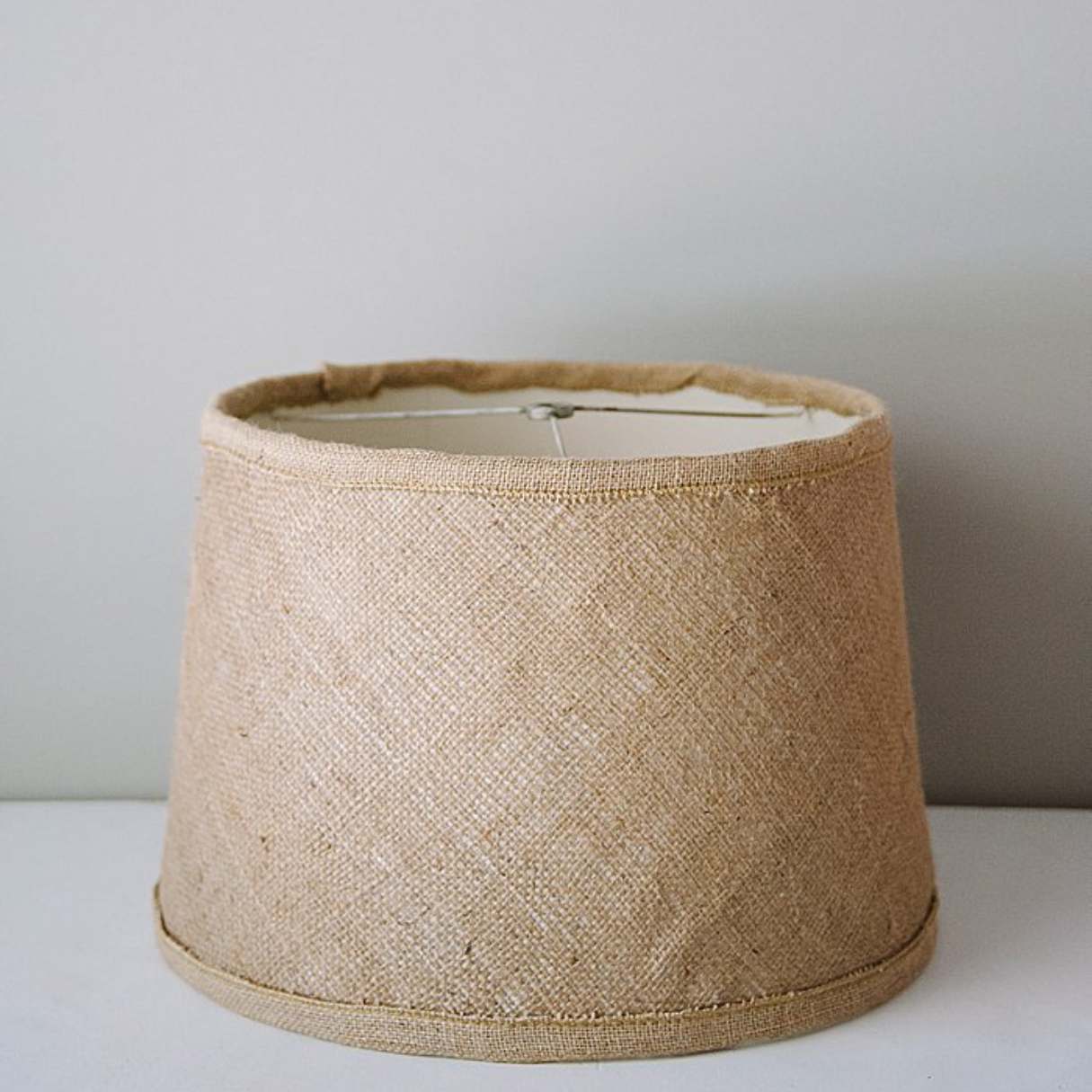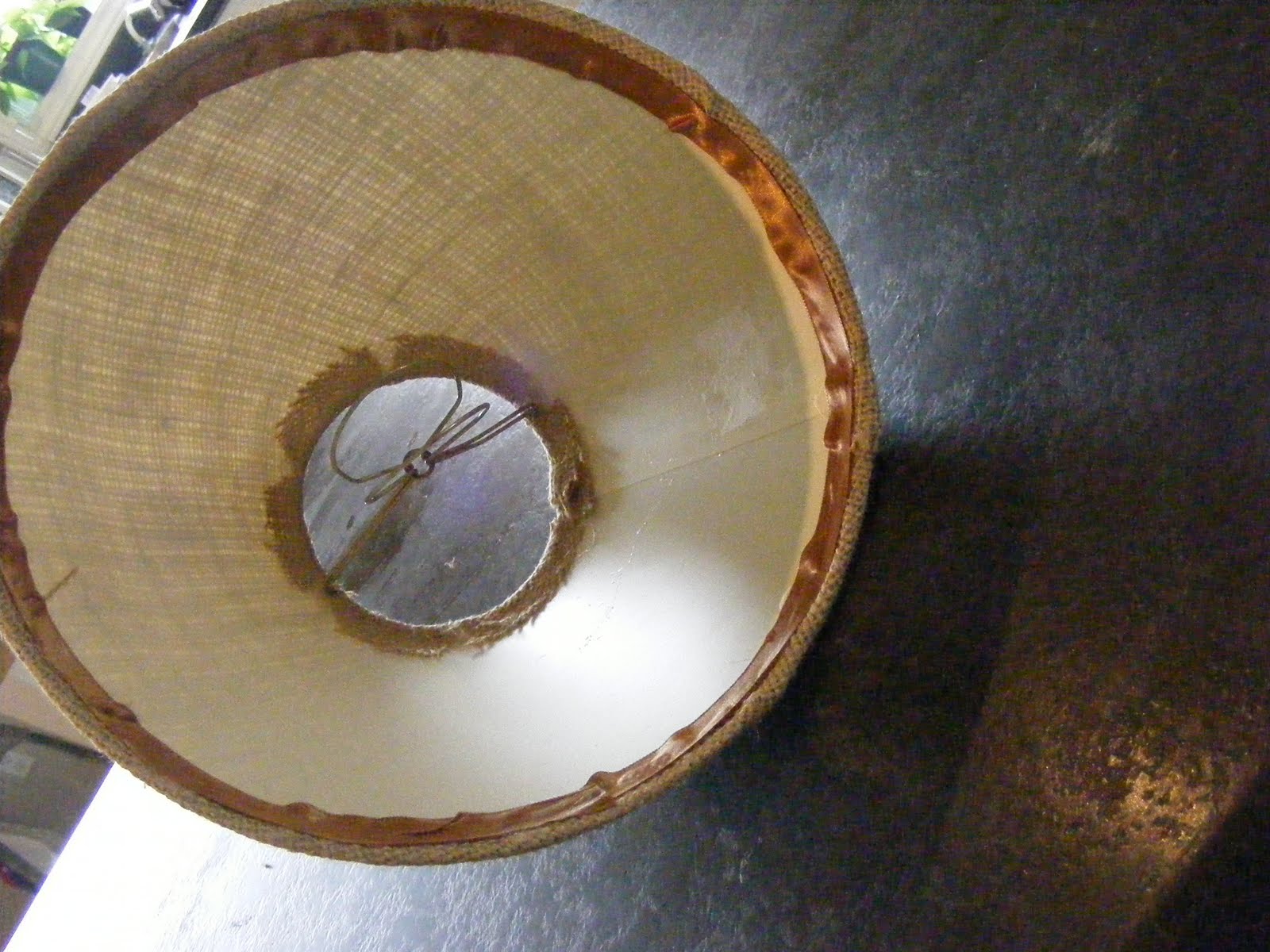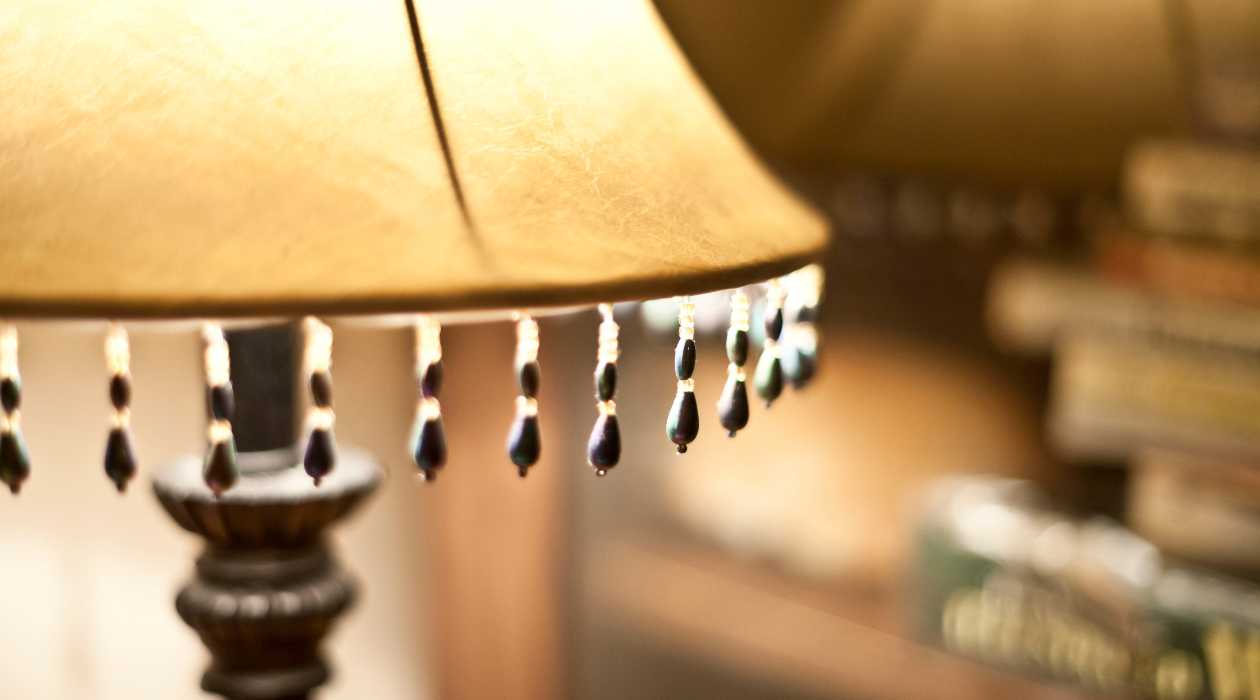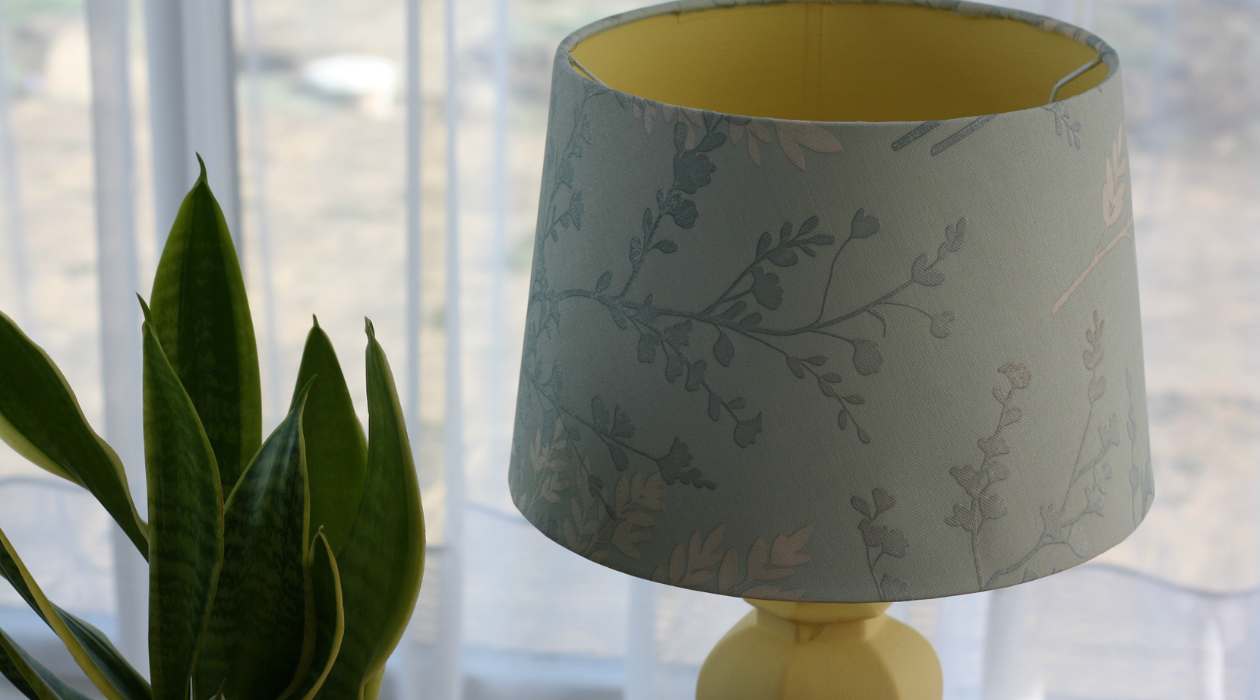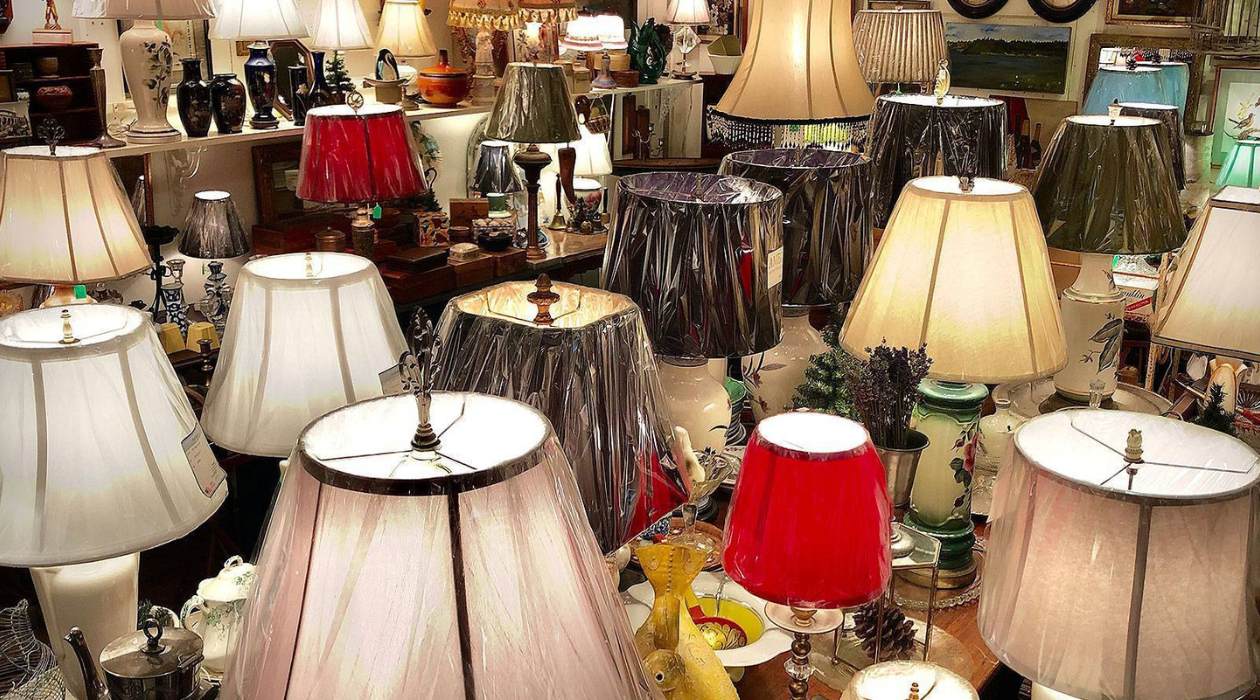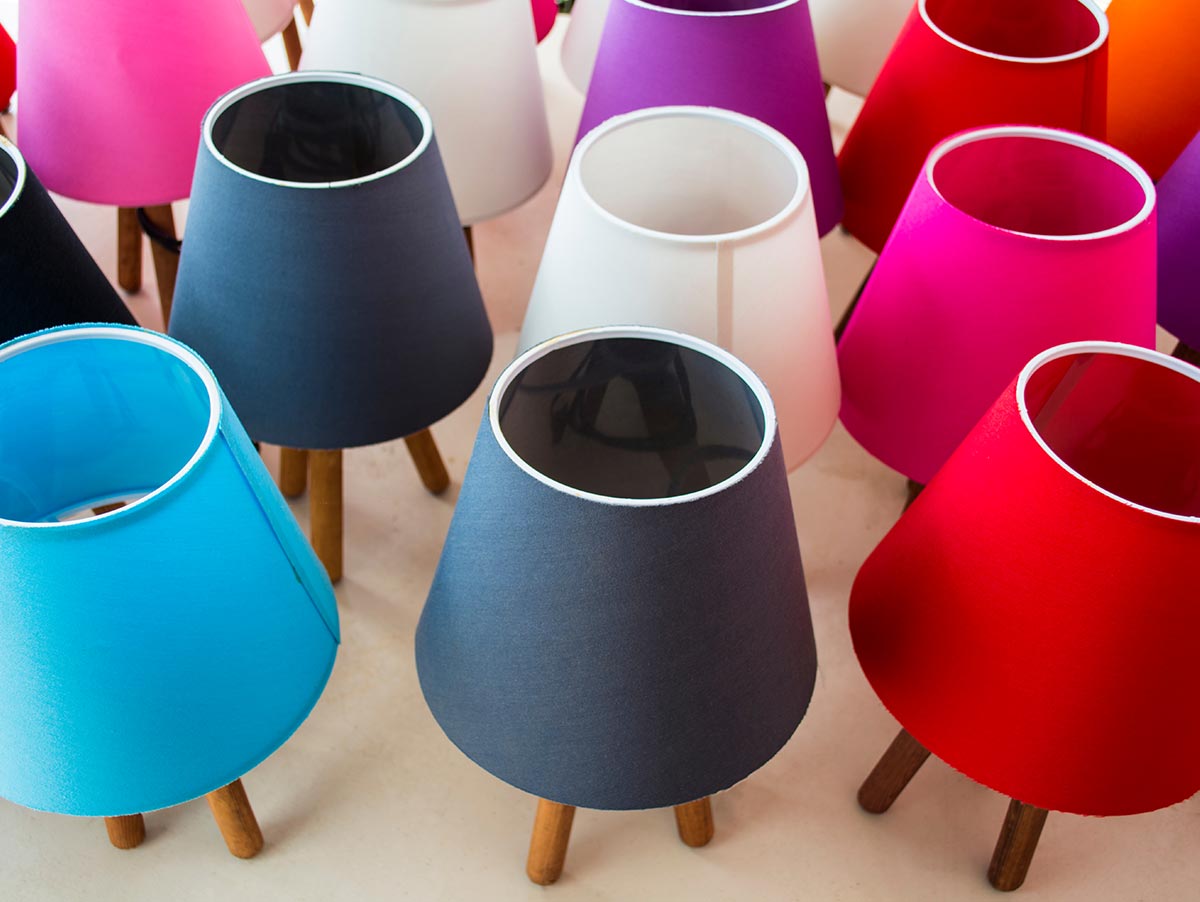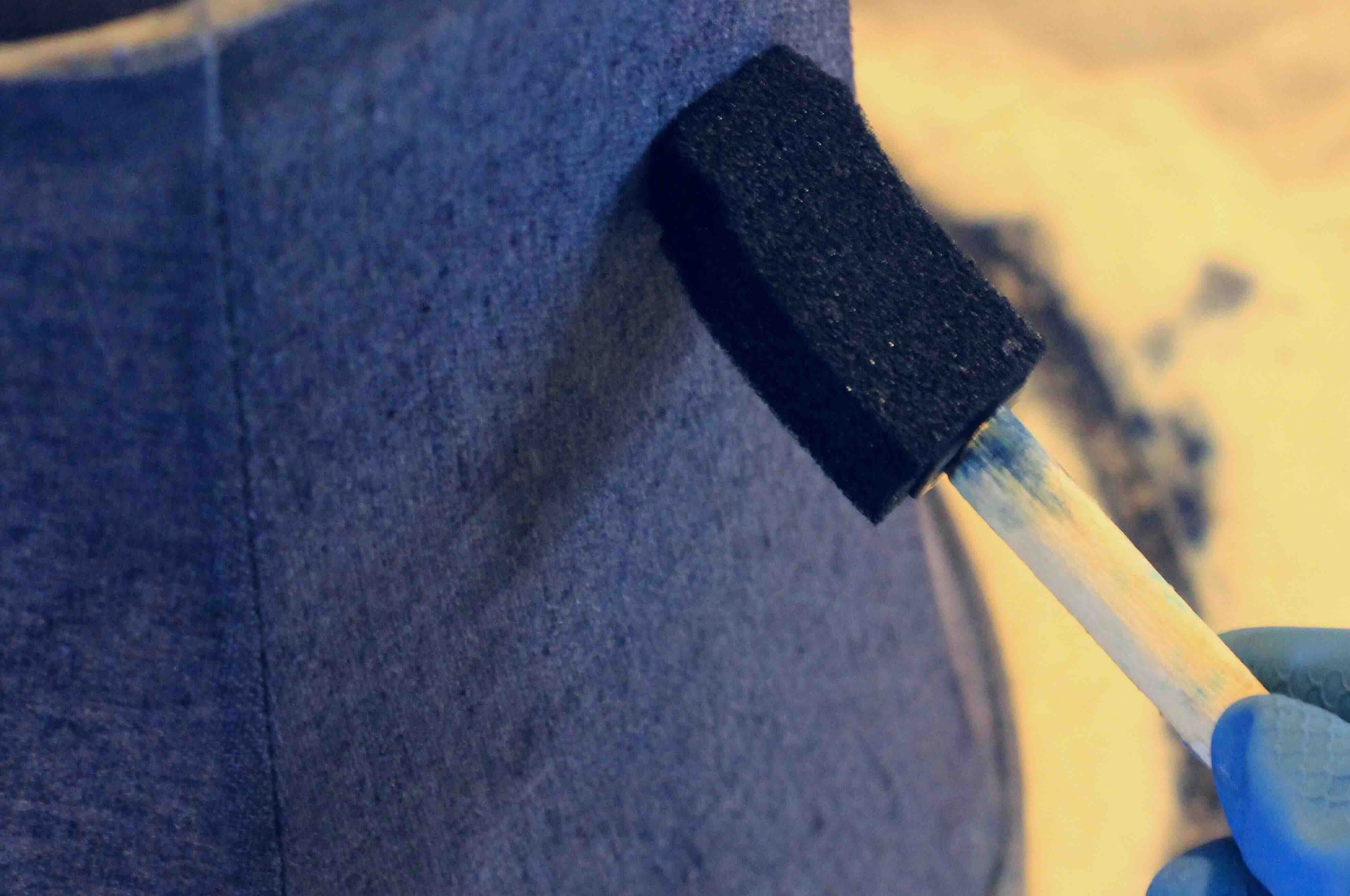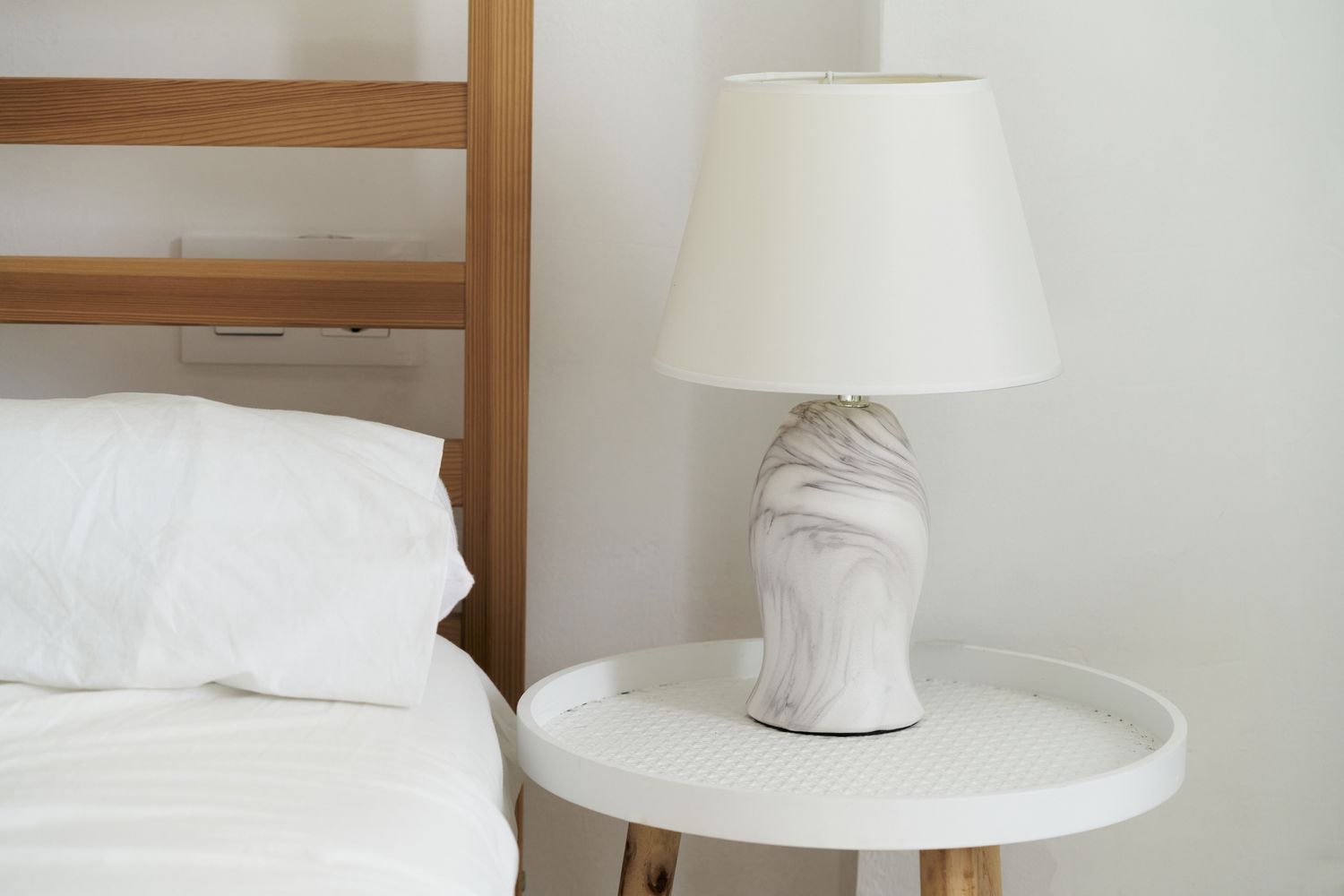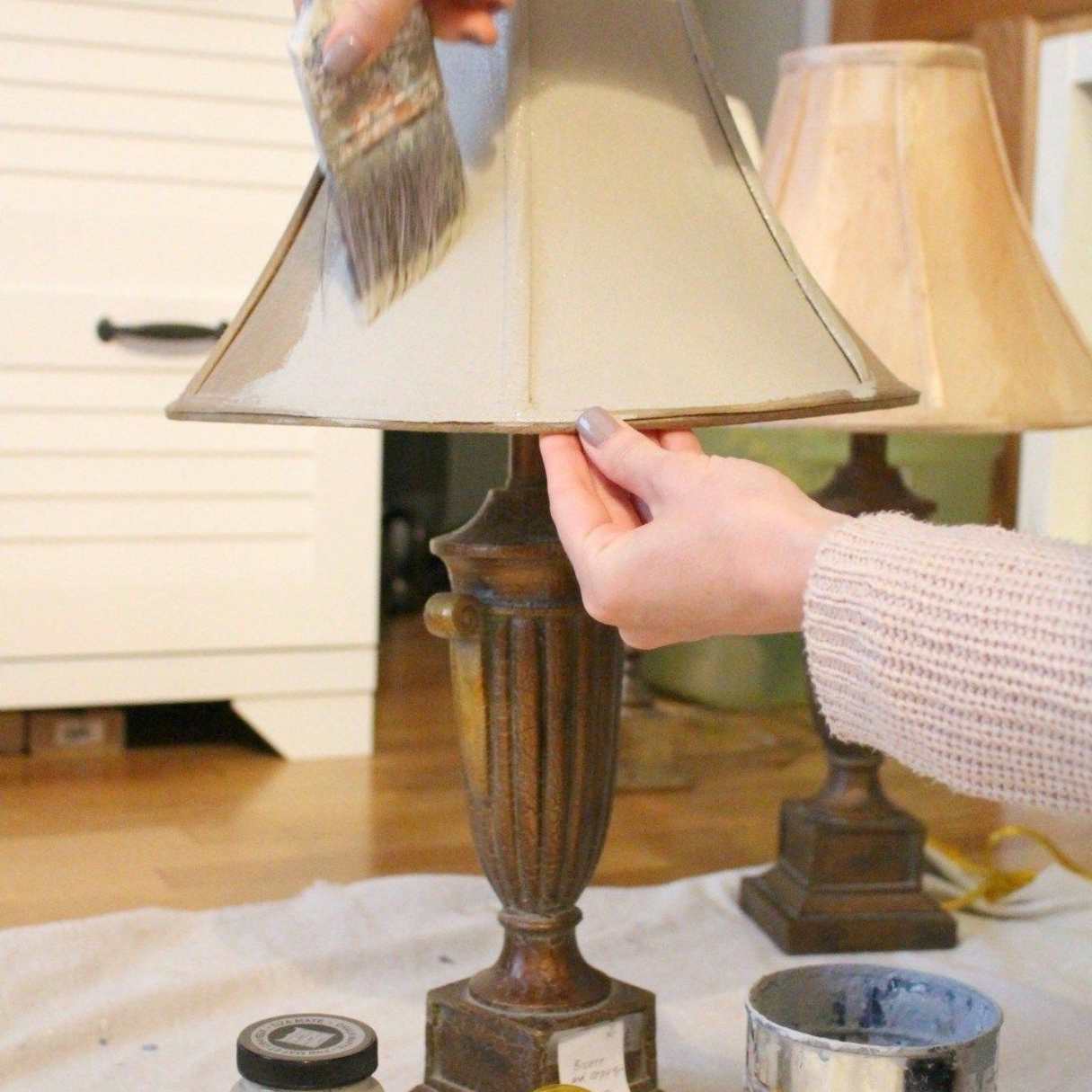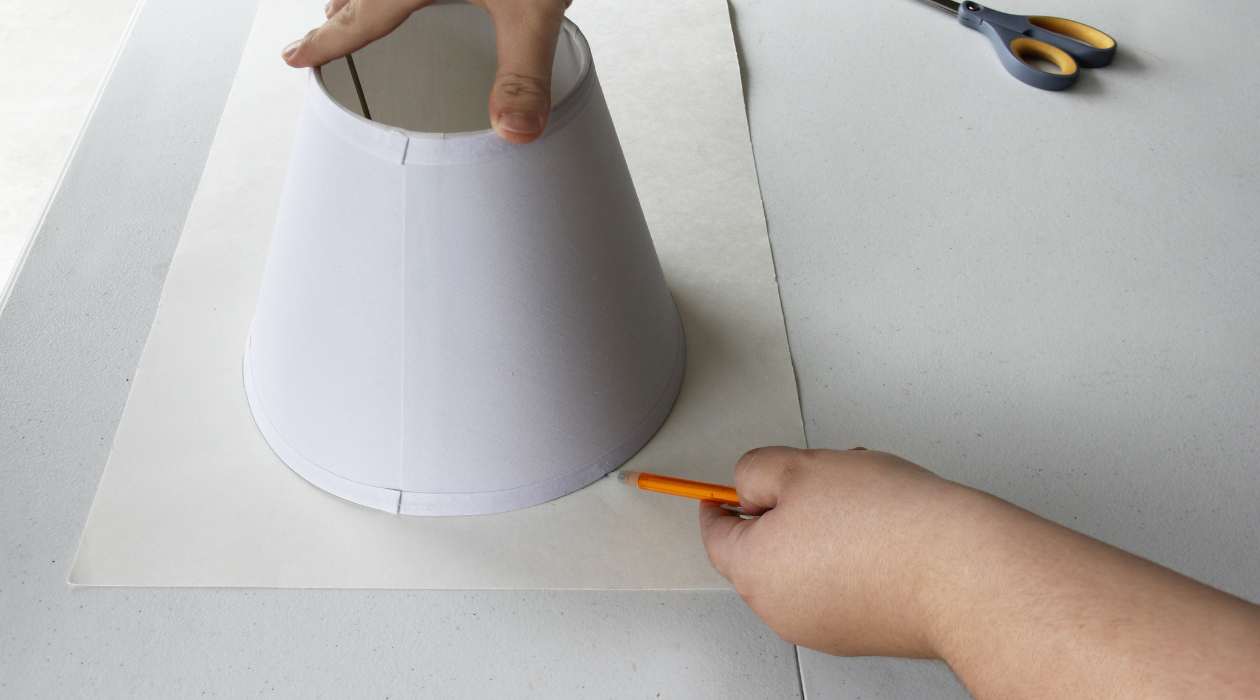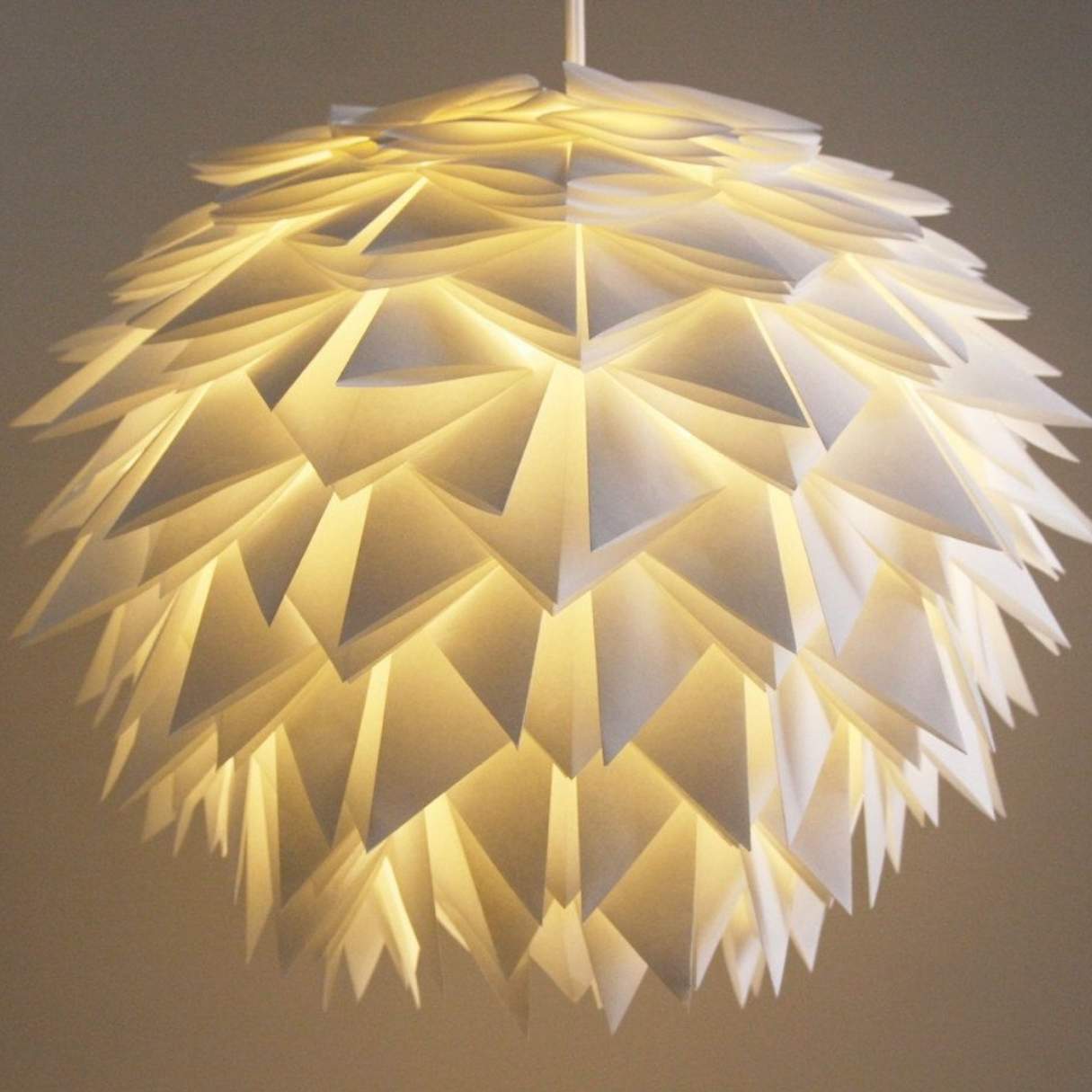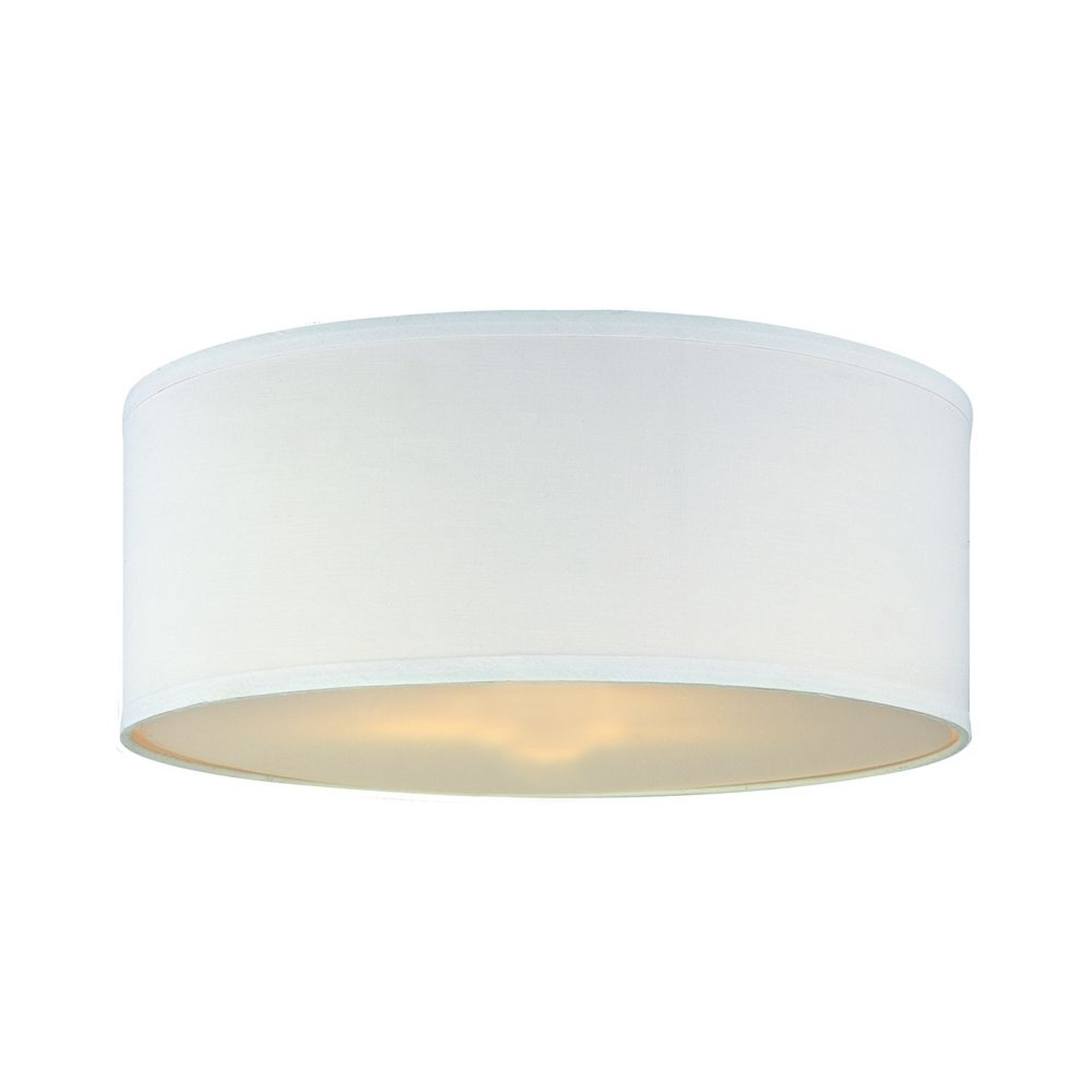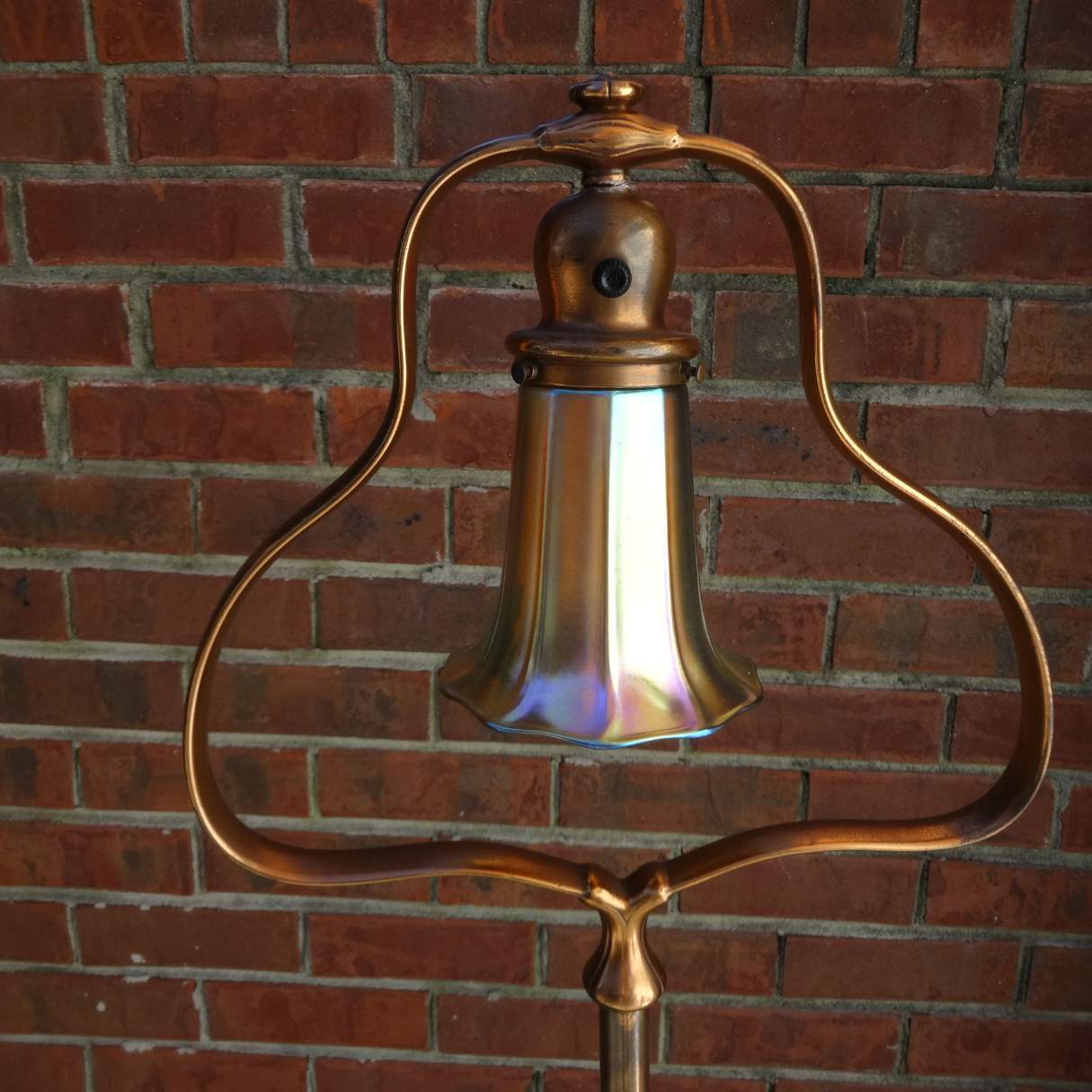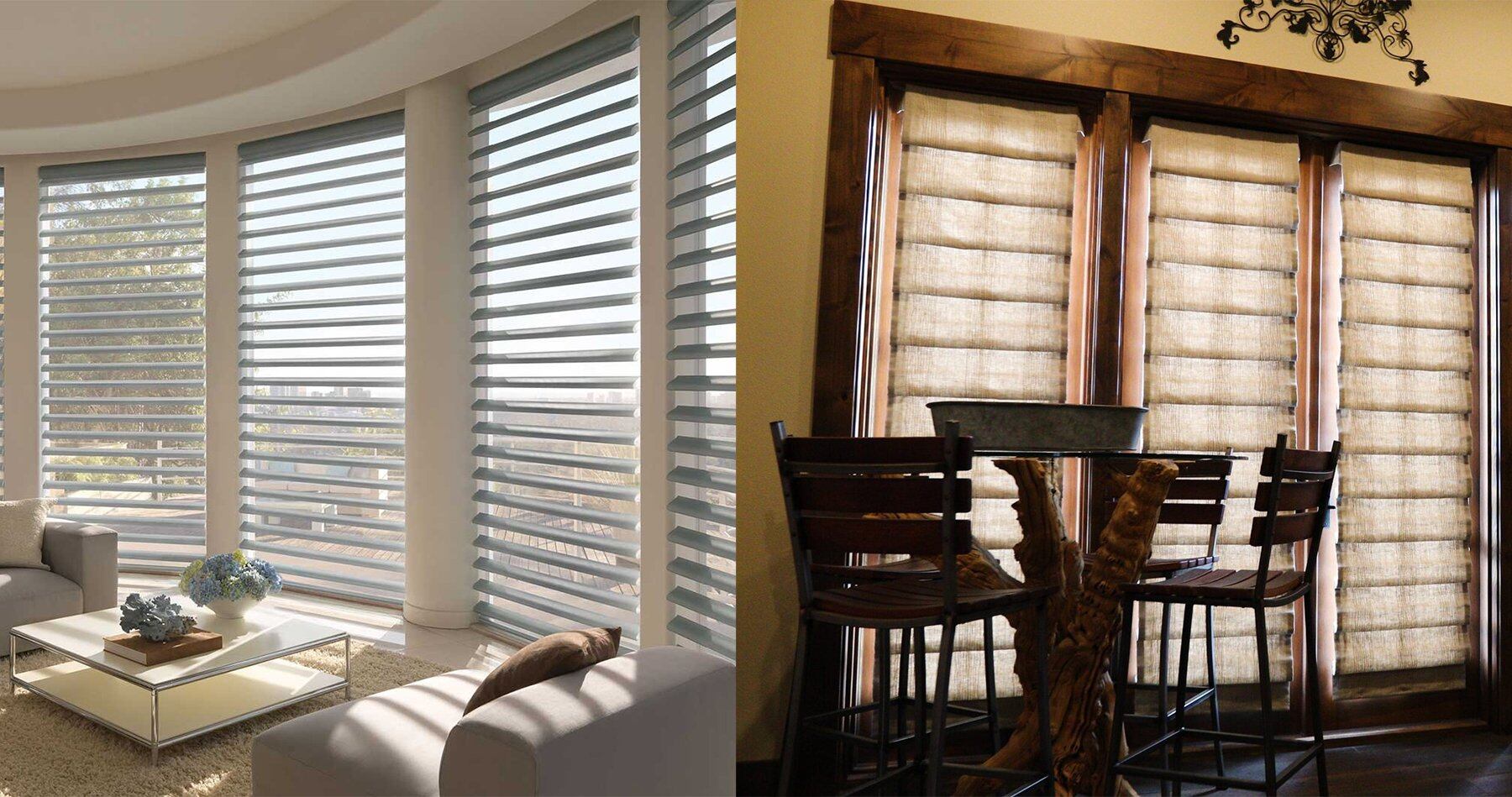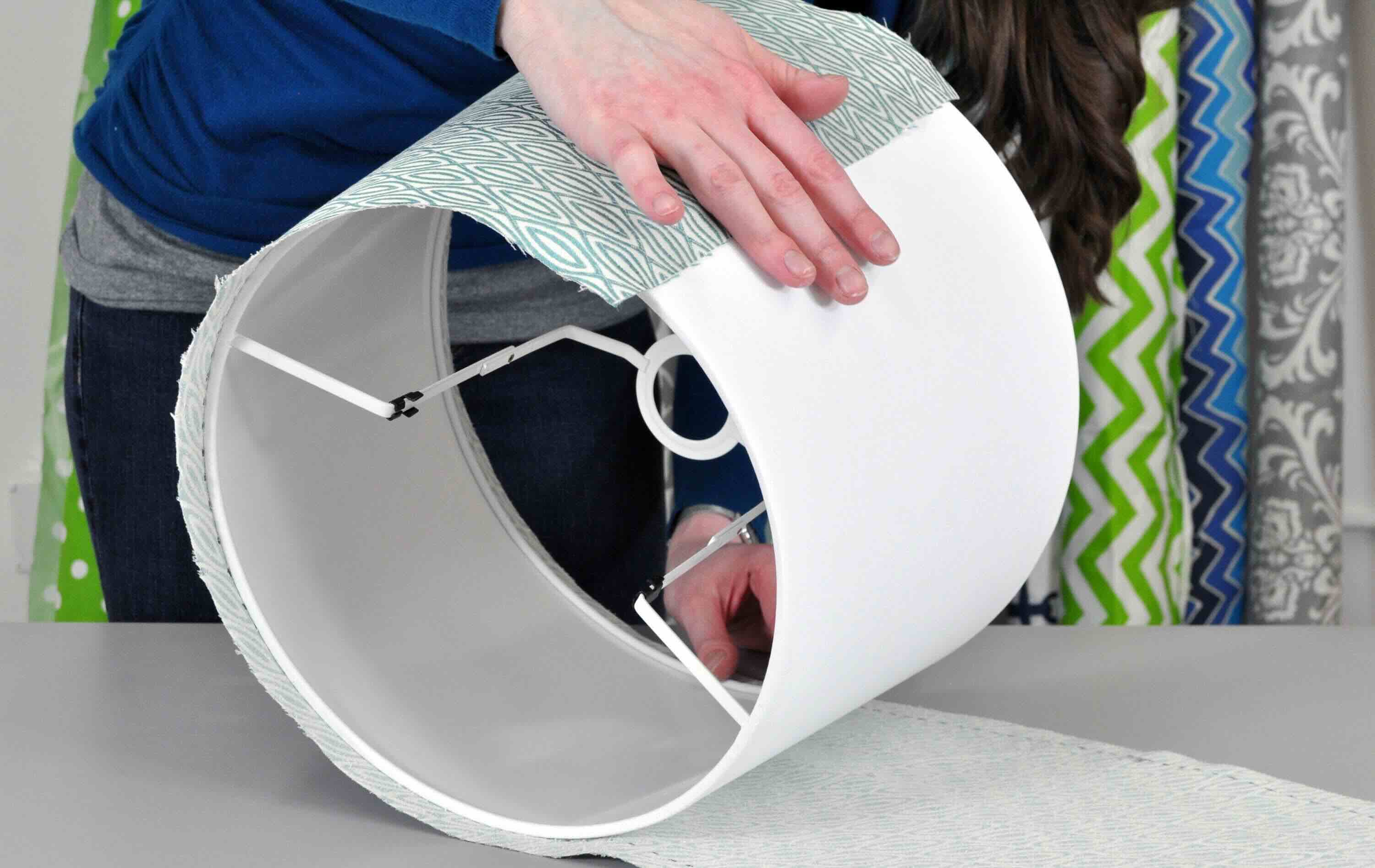

Furniture
How To Measure A Lamp For A New Lamp Shade
Modified: January 6, 2024
Learn how to measure a lamp for a new lamp shade with our furniture guide. Ensure the perfect fit and update your decor effortlessly.
(Many of the links in this article redirect to a specific reviewed product. Your purchase of these products through affiliate links helps to generate commission for Storables.com, at no extra cost. Learn more)
Introduction
Choosing the right lamp shade for your lamp can make a significant difference in the overall style and functionality of your space. However, before you can start exploring different design options, it’s essential to know how to measure your lamp for a new lamp shade. Having accurate measurements will ensure that the shade fits perfectly, providing an aesthetically pleasing look and optimum lighting experience. In this article, we will guide you through the step-by-step process of measuring your lamp to help you find the ideal lamp shade.
Whether you’re replacing an old lamp shade or purchasing a new lamp, taking precise measurements is crucial. It will help you determine the appropriate size and shape of the shade that complements your lamp base. By following our measurement guide, you’ll be able to choose a lamp shade that enhances the overall style of your space while meeting your specific lighting needs.
Ready to find the perfect lamp shade for your lamp? Let’s get started with the measuring process.
Key Takeaways:
- Ensure your lamp shade fits perfectly by measuring the height and width of your lamp base and current shade. Consider proportion, style, and function to find the ideal match for your space.
- Don’t overlook material, color, and special features when choosing a new lamp shade. These details can enhance the ambiance and functionality of your space, adding a touch of style and personality.
Read more: How To Clean Shades And Blinds
Step 1: Measure the height of the lamp base
The first step in measuring for a new lamp shade is to determine the height of your lamp base. This measurement is crucial as it will help you identify the appropriate size of the shade that will sit proportionally on your lamp.
Start by placing your lamp on a flat and stable surface. Ensure that the lamp is unplugged and turned off. Take a measuring tape or ruler and measure from the bottom of the lamp base to the top of the socket or the base of the bulb holder. Make sure to measure along the central axis of the lamp to obtain an accurate measurement.
When recording the measurement, it’s essential to take note of whether it includes the finial or harp of the lamp base. The finial is the decorative top piece that holds the lampshade in place, while the harp is the wire frame that supports the lamp shade. If you plan on keeping the existing finial or harp, include them in your measurement. However, if you intend to replace them, exclude them from your measurement and note down the additional length you plan to add.
Once you have the height measurement, you can use it as a reference when selecting a lamp shade. Remember that the shade should cover the bulb and socket of the lamp but not extend beyond the top of the lamp base.
Keep the height measurement handy as we move on to the next step of measuring the width or diameter of the lamp base.
Step 2: Measure the width or diameter of the lamp base
After determining the height of your lamp base, the next step is to measure its width or diameter. This measurement will help you choose a lamp shade that proportionally fits your lamp base.
To measure the width or diameter, place your measuring tape or ruler across the widest part of the lamp base. If your lamp base is circular, measure across the center from one side to the other. If your lamp base has irregular shapes or angles, take multiple measurements to ensure accuracy and record the widest measurement.
It’s important to note that the width or diameter of the lamp base will impact the size and shape of the lamp shade you choose. A wider lamp base may require a larger shade, while a narrower base may require a smaller one. By measuring the width or diameter, you can make an informed decision when selecting a new lamp shade.
Having the height measurement from the previous step and the width or diameter measurement of your lamp base will serve as valuable references as you move forward with measuring the lamp shade itself in the following steps.
Now that you have the width or diameter measurement of your lamp base, let’s move on to measuring the height of the current lamp shade in the next step.
Step 3: Measure the height of the current lamp shade
Measuring the height of your current lamp shade is an important step in finding a new shade that maintains the desired proportions and style of your lamp. By knowing the height of the existing shade, you can determine whether you want to stick with a similar size or explore a different height.
To measure the height of the current lamp shade, start by removing it from the lamp base. Place the shade on a flat surface with the top opening facing up. Using a measuring tape or ruler, measure from the bottom edge of the shade to the top edge. Be sure to measure along the straight, vertical axis of the shade for accuracy.
It’s worth noting that the height measurement of the current shade does not include any additional trimmings or fringe that may be attached to the bottom edge. Measure the shade itself, excluding any decorative elements that hang below the main body of the shade.
Recording the height of the current lamp shade will provide you with a reference point when selecting a new shade. You can choose to match the height of the current shade or opt for a taller or shorter shade to create a different look.
With the lamp base height and the current shade height measurements in hand, you’re ready to move on to the next step: measuring the width or diameter of the current lamp shade.
Step 4: Measure the width or diameter of the current lamp shade
Measuring the width or diameter of your current lamp shade is essential in finding a new shade that fits your lamp base and maintains visual balance. By knowing the width or diameter, you can ensure the new shade will cover the bulb and socket while complementing the overall aesthetics of your lamp.
To measure the width or diameter of the current lamp shade, place it on a flat surface and locate the widest part. If your shade has a circular shape, measure straight across the center. For shades with irregular shapes, measure from one edge to the other, ensuring you capture the widest point.
When taking the measurement, exclude any trim or tassels that extend beyond the main body of the shade. Measure the shade itself, focusing on its overall width or diameter.
Recording the width or diameter measurement of the current lamp shade will serve as a useful guideline when selecting a replacement shade. If you prefer a similar width or diameter, you can choose a shade with comparable dimensions. However, if you want to change the proportions, you can seek a wider or narrower shade to achieve the desired look.
Now that you have measured the height of the current lamp shade, alongside the width or diameter of both the lamp base and the shade, you’re ready to move on to determining the desired proportion and scale in the next step.
When measuring a lamp for a new lamp shade, start by measuring the bottom of the lamp base for the width, then measure the height of the lamp base to determine the appropriate size for the new lamp shade.
Read more: How To Pack Lamp Shades
Step 5: Determine the desired proportion and scale
Once you have measured the height and width or diameter of both the lamp base and the current lamp shade, it’s time to consider the desired proportion and scale for your new lamp shade. The proportion and scale of the shade should harmonize with the lamp base, creating a visually balanced and appealing look.
Start by assessing the measurements you have gathered so far. Compare the height of the lamp base to the height of the current shade. Determine if you would like to maintain a similar proportion or if you prefer a taller or shorter shade to achieve a different aesthetic. Similarly, consider the width or diameter of the lamp base and the current shade. Decide if you want to match the width or diameter or experiment with a wider or narrower shade to create a unique look.
Keep in mind that varying the proportions and scale of the shade can dramatically impact the overall appearance of your lamp. A larger shade may add a bold and dramatic touch, while a smaller shade can create a more delicate and refined look.
Consider your personal style preferences, the overall style of the room, and the intended function of the lamp. For ambient lighting, a larger shade may be suitable, while a smaller shade may work better for task lighting or accentuating a specific area.
Once you have determined the desired proportion and scale, you can narrow down your options when selecting a new lamp shade. This step will help you find a shade that complements the size and style of your lamp base, resulting in a cohesive and visually pleasing lighting fixture.
With the desired proportion and scale in mind, it’s time to move on to the next step: considering the lamp style and function.
Step 6: Consider the lamp style and function
When choosing a new lamp shade, it’s essential to consider both the style of your lamp and its intended function. The lamp style and function will play a significant role in determining the appropriate shade design and material.
Start by examining the overall style of your lamp. Is it modern and minimalist, traditional and ornate, or perhaps eclectic and bohemian? Understanding the lamp’s style will help you select a shade that complements its aesthetic. For example, a sleek and contemporary lamp may pair well with a clean-lined, drum-style shade, while a vintage-inspired lamp may look best with a more decorative and intricate shade design.
Additionally, consider the function of the lamp. Will it be used for ambient lighting, task lighting, or as an accent piece? The function will influence the type of shade you choose and the level of light it allows to pass through. For ambient lighting, a shade that diffuses light softly and evenly may be ideal. Conversely, for task lighting, a shade that directs light downward and provides focused illumination may be more suitable.
Take note of any specific design elements on your lamp that you want to complement or highlight with the shade. Does it have a unique base design, textured material, or intricate details? Choosing a shade that enhances these features can bring cohesion to the overall design.
Remember that the lamp style and function should harmonize with the chosen shade. By considering these factors, you can make an informed decision about the shape, material, and design of the new shade that complements your lamp while fulfilling its intended purpose.
Now that you have considered the lamp style and function, it’s time to move on to the final step: taking note of any additional considerations.
Step 7: Take note of any additional considerations
As you finalize your decision on a new lamp shade, there are a few additional considerations to keep in mind. These considerations will ensure that the new shade fits your lamp base perfectly and meets your specific preferences and requirements.
Firstly, consider the material of the lamp shade. Different materials can create varying effects when the lamp is illuminated. For example, a fabric shade may provide a soft, diffused glow, while a metal or glass shade can offer a more direct and focused light. Think about the atmosphere you want to create in the room and choose a material that aligns with that vision.
Next, take into account any special features or requirements you may have. If you require a shade that is easy to clean, consider materials that are stain-resistant or can be wiped clean. Additionally, if you want a shade that allows for adjustable lighting, look into options that offer different levels of opacity or a built-in dimming feature.
Furthermore, if you plan to replace the finial or harp of your lamp, make sure to note down the specific measurements or requirements for those components. This will ensure that the new shade can be properly secured and supported.
Lastly, do not overlook the importance of color and pattern. The shade’s color can enhance the overall color scheme of the room or create a striking contrast. Consider whether you want the shade to blend in seamlessly with the existing decor or make a statement as a focal point. Patterns can also add visual interest and personality to the lamp. Choose a pattern that suits your style and complements the lamp base.
By taking note of these additional considerations, you can ensure that the new lamp shade not only fits your lamp base but also enhances the aesthetics, functionality, and ambiance of your space.
With all these steps completed, you are now equipped with the knowledge and guidance to confidently measure your lamp for a new lamp shade. Whether you’re sprucing up an old lamp or starting fresh with a new one, finding the perfect shade is an exciting way to add a touch of style and personality to your home.
Happy lampshade shopping!
Conclusion
Choosing the right lamp shade for your lamp is a vital step in enhancing the style and functionality of your space. By following the step-by-step process outlined in this guide, you can confidently measure your lamp to find a new shade that fits perfectly.
Start by measuring the height and width or diameter of your lamp base, noting any additional features such as finials or harps. Then, measure the height and width or diameter of the current lamp shade for reference. Consider the desired proportion and scale, taking into account the style and function of your lamp. Finally, think about any additional considerations, including materials, special features, and color choices.
By taking these measurements and considerations into account, you will be able to select a new lamp shade that complements your lamp base, enhances the overall aesthetic of your space, and meets your lighting needs.
Remember, always consider the style and function of your lamp when choosing a shade, and don’t be afraid to explore different designs and materials to find the perfect match. A well-chosen lamp shade can create a focal point, set the mood, and add a touch of personality to any room.
So, whether you’re looking to refresh an old lamp or starting from scratch with a new one, measuring for a new lamp shade is a crucial step. Now that you have the knowledge and guidance provided in this article, you’re ready to embark on your lamp shade adventure and transform your space with the perfect finishing touch.
Happy decorating!
Frequently Asked Questions about How To Measure A Lamp For A New Lamp Shade
Was this page helpful?
At Storables.com, we guarantee accurate and reliable information. Our content, validated by Expert Board Contributors, is crafted following stringent Editorial Policies. We're committed to providing you with well-researched, expert-backed insights for all your informational needs.
